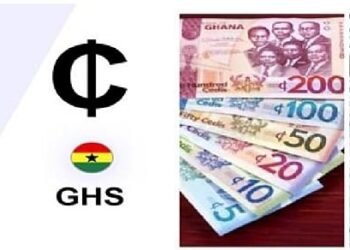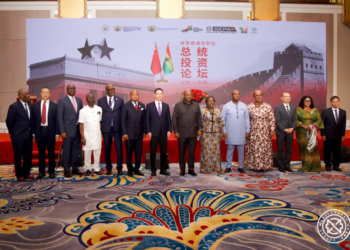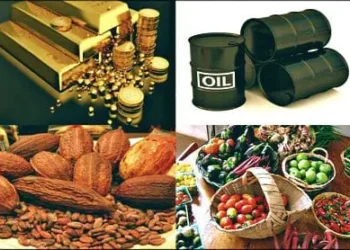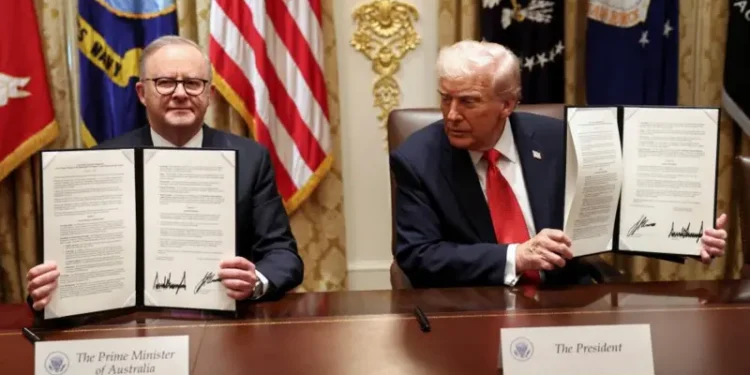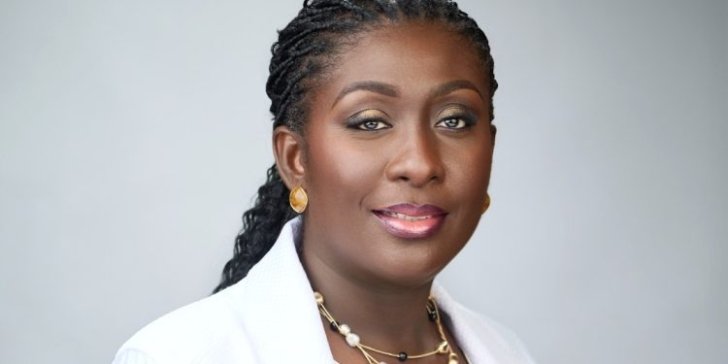Ghana is ranked 131st on the 2020 Global Youth Development Index which measures the status of young people in 181 countries around the world with an overall score of 0.608 out of a maximum of 1. On the African continent, Ghana, together with South Africa, ranks 15th whilst Mauritius ranks first and 54th with an overall score of 0.766 in Africa and the world respectively.
Meanwhile, Singapore ranked top for the first time followed by Slovenia, Norway, Malta, and Denmark. Chad came last with a score of 0.398, followed by the Central African Republic, South Sudan, Afghanistan, and Niger respectively.
Speaking before the release, Commonwealth Secretary-General Hon. Patricia Scotland QC averred that young people are indispensable to delivering a future that is more just, inclusive, sustainable, and resilient.
According to her, measuring their contributions and needs with hard data makes advocacy for youth development more powerful, making it possible to increase the positive impact and benefits youth are able to add towards building a better future for all.
“Our Youth Development Index is a vital tool which has already significantly enhanced our capacity to assess the extent to which youth are engaged to contribute beneficially in their societies, and empowered by enabling policies and tools.”
“As we work to recover and rebuild from the many consequences of the pandemic, we need to draw as fully as possible on the energy and idealism of youth so that fresh opportunities for social, economic, and political development are opened up with the present and future generations of young people equipped and empowered to fulfill their potential”.
Hon. Patricia Scotland QC

Conditions improved in Majority of countries
The triennial rankings of youth development released by the Commonwealth Secretariat shows that 156 of the countries recorded at least slight improvements in their scores.
The index further reveals that the conditions of young people have improved around the world by 3.1 percent between 2010 and 2018, but progress remains slow.
While the data used in the index pre-dates COVID-19, the report highlights the positive trajectory of youth development which the virus could reverse for the first time unless urgent action is taken to secure the pre-pandemic gains.
Overall, the index shows advances in youth’s participation in peace processes and their education, employment, inclusion, and health care since 2010.
Health made largest gains
Health made the largest gains of 4.39 percent driven by a 1.6 percent decline in global youth mortality rates and a 2 percent drop in each HIV, self-harm, alcohol abuse, and tobacco use. More importantly, Sub-Saharan Africa made the greatest strides in improving the health of young people.
However, levels of underemployed youth and those not in school, training, or work remained constant. Yet, advances in inequality and inclusion are led by improved gender parity in literacy as well as fewer child marriage cases and pregnancies in girls under 20. Despite gains in some of the indicators, no progress occurred in women’s safety.
The global education score increased by 3 percent, with South Asia making the largest improvement of 16 percent followed by sub-Saharan Africa with 10 percent. Peace and security improved by 3.41 percent, resulting from fewer young people dying from direct violence. Somalia recorded the largest gains in the peace and security of young people, followed by Colombia, Sri Lanka, Eritrea, and Russia.
Youth participation in politics on the decline
Youth participation in politics is the only domain to record a decline in most parts of the world, reporting a deterioration in 102 countries. However, sub-Saharan Africa recorded a 5 percent improvement in the average regional score.
Globally, Sweden leads on education, Luxembourg on equality and inclusion, Indonesia on political and civic participation while Singapore tops the employment, health, and peace and security domains.
The index ranks countries between 0.00 (lowest) and 1.00 (highest) according to the developments in youth education, employment, health, equality and inclusion, peace and security, and political and civic participation. It looks at 27 indicators including literacy and voting to showcase the state of the world’s 1.8 billion people between the age of 15 and 29.
READ ALSO: Gov’t revises COVID-19 Related Expenditures for 2021




